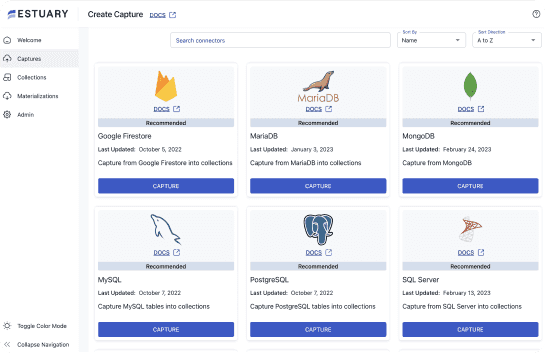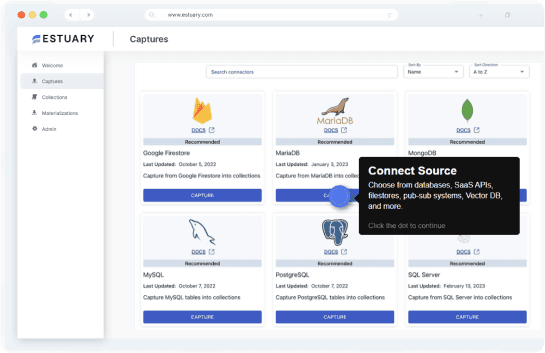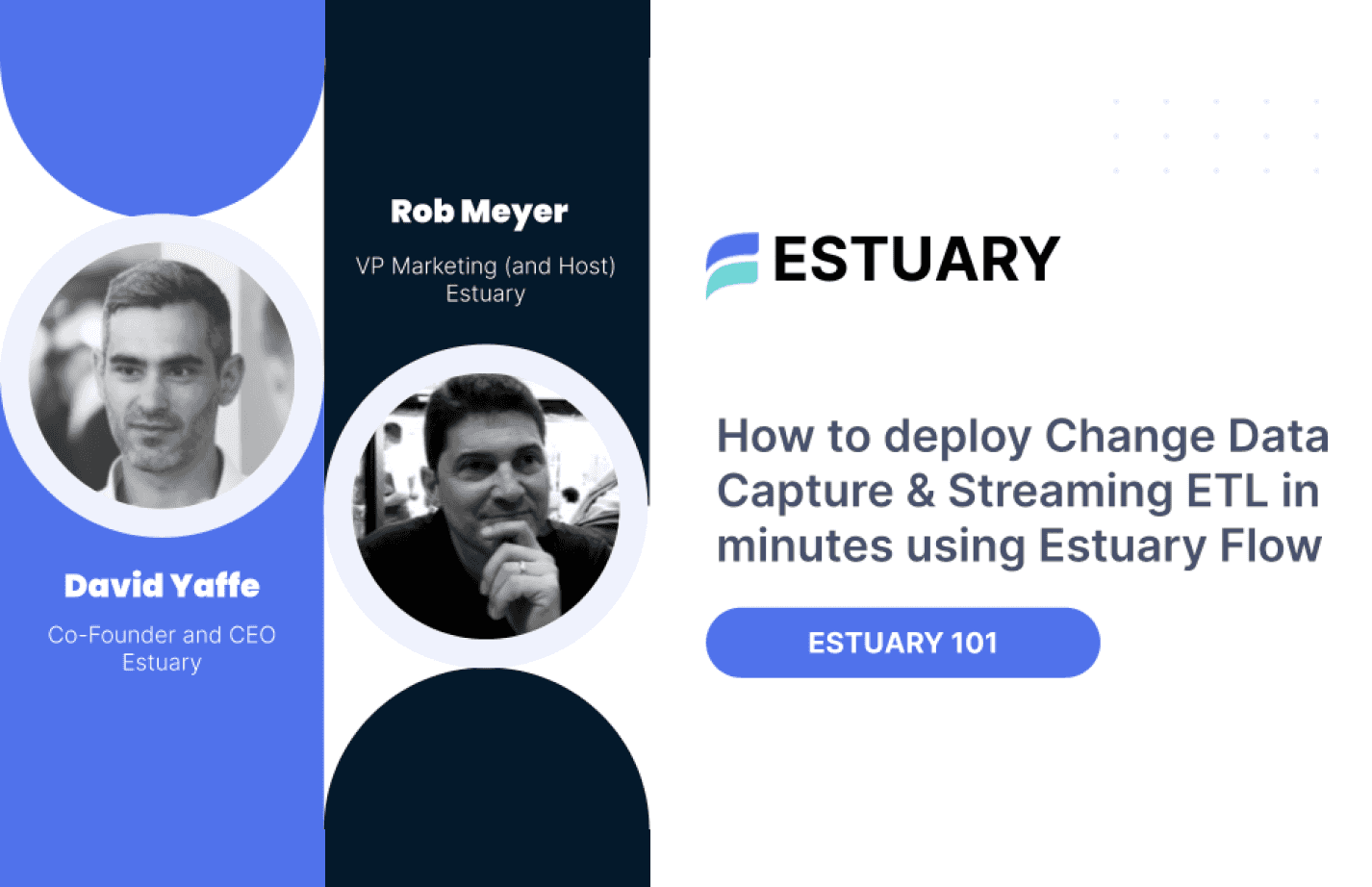David Energy Prioritizes Reliability with Estuary


Location
Manhattan

Industry
Energy & sustainability

Goals
Run the grid 24/7/365 on renewable energy
Summary
Challenge
- David Energy streams a lot of data from numerous sources to keep up with shifting energy usage and demand.
- Previous attempts at a PostgreSQL to Snowflake pipeline were either too expensive or too unreliable.
Solution
- Estuary turned out to be the perfect fit: more cost effective than Fivetran and more reliable than Airbyte.
Success Story
David Energy provides renewable power to businesses and residences. By integrating their data pipeline with Estuary, David Energy is able to swiftly react to changes in energy availability and demand, making clean energy more reliable.
Introduction
David Energy is a technology-driven retail energy provider (REP) with the mission of running the grid on clean energy 24/7/365. Their goal is to provide clean, sustainable energy that’s reliable around the clock to both businesses and residences. Since solar and wind generation rely on the elements, renewable power sources can be inconsistent. So, a constant power supply requires ingenuity in power storage and optimization in energy usage.
To accomplish this, David Energy monitors and adjusts to high-frequency data points from customer electricity meters, Distributed Energy Resources (DERs) like electric vehicles, and energy markets. All of which needs to be done in real-time, with real consequences for customers if their supplier’s energy availability is off the mark.
Such a laudable goal is challenging enough when all cylinders are firing properly. The situation doesn’t need additional complication in the form of fighting your own data tools.
Challenge
David Energy simply wanted a PostgreSQL to Snowflake pipeline for their data analytics. The requirement should have been straightforward enough, but the energy company was having some difficulty finding the right provider.
First, they implemented a pipeline with Fivetran, a leading batch ELT platform. The pipeline itself worked well for their use case, but it was difficult to countenance the cost: the price tag of moving their data from one location to another quickly outpaced the rest of their engineering infrastructure. When they were paying Fivetran 8x the cost of all their other infrastructure combined without any signs of slowing down, they knew it was time to switch.
The engineering team at David Energy next tried out Airbyte, an open-source ELT platform, but encountered a bug in their pipeline. Airbyte granted them free credits to help smooth things over. Then David Energy found a couple more bugs over the next two months.
They had almost a year of free data pipeline services. But they really just needed a reliable product they could count on.
Solution
The team at David Energy finally decided they would rather pay for a product than keep trying to make their faulty pipeline work. They began to look into Estuary.
Sam Strasser, CTO at David Energy, was impressed with Estuary’s architecture. When compared to competitors, “it was just a better technical approach.” CDC replication from database sources allows for very low latency with continuous materialized views to match. Pipelines are efficient and scalable, with new connectors created in-house to meet existing quality standards, such as supporting exactly-once transactions.
Finally, the third time building David Energy’s pipeline was the charm: it didn’t take long to realize that Flow fit their use case perfectly. With Estuary’s performant connectors and low cost, their Postgres-Snowflake pipeline set up seamlessly. The integration has been smooth sailing ever since.
Why Estuary?
David Energy made their decision to move to Estuary by considering key factors such as:
- Reliability: This was the main sticking point for David Energy. They found Estuary to be highly reliable without needing to resync whole tables to ensure full parity between systems.
- Ease of use: With Estuary’s low- and no-code connectors, David Energy was easily able to stand up their pipeline.
- Support: Whenever David Energy did have questions, they were able to receive swift, detailed responses from the Estuary team through Slack for no extra support cost.
- Cost: Fivetran’s prices were prohibitive, and even with free credits at Airbyte, David Energy was sinking their own not-insignificant data engineering and administrative hours into keeping their old pipeline afloat. Pairing reduced in-house time with Estuary’s low vendor cost led to overall cost savings.
Perform your own comparison to see how Estuary stacks up against Airbyte, Fivetran, and other competitors.
Results
With a quality pipeline, David Energy could focus their own energy back on their core goal: delivering uninterrupted clean power to their customers. Automatic replication of Postgres data to Snowflake gave them peace of mind and ready access to analytics with up-to-date information. And reasonable, predictable costs keep their infrastructure in-budget so they can spend more on scaling in other areas.
More About David Energy
A startup with a cause, David Energy currently offers a renewable energy supply to businesses in New York, New Jersey, Massachusetts, and Texas, and residences in Texas. Founded in 2019, the company has grown to serve over 1,000 multi-unit business locations for its commercial offering.
In September 2024, David Energy announced a $23 million Series A-1 round, adding up to a total of over $50 million in funding over the company’s lifetime. Dedicated to a clean power supply without the greenwashing, David Energy is poised to improve the grid. Estuary is proud to supply secure and reliable data tools to such a powerhouse.




